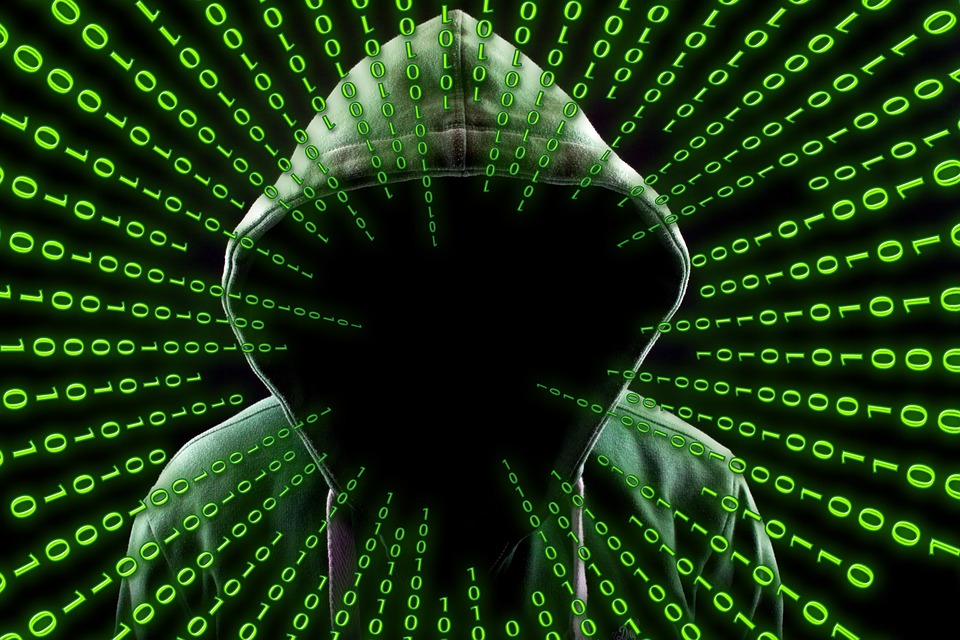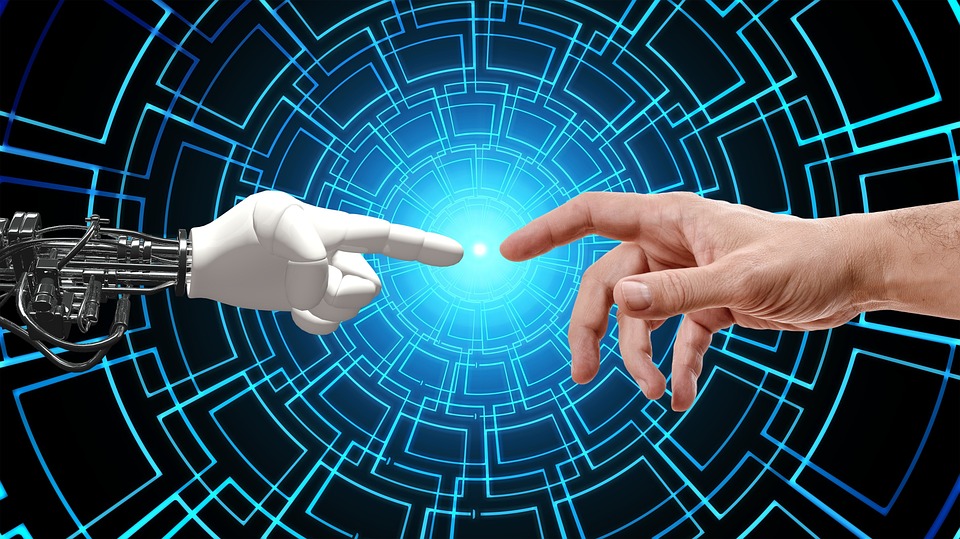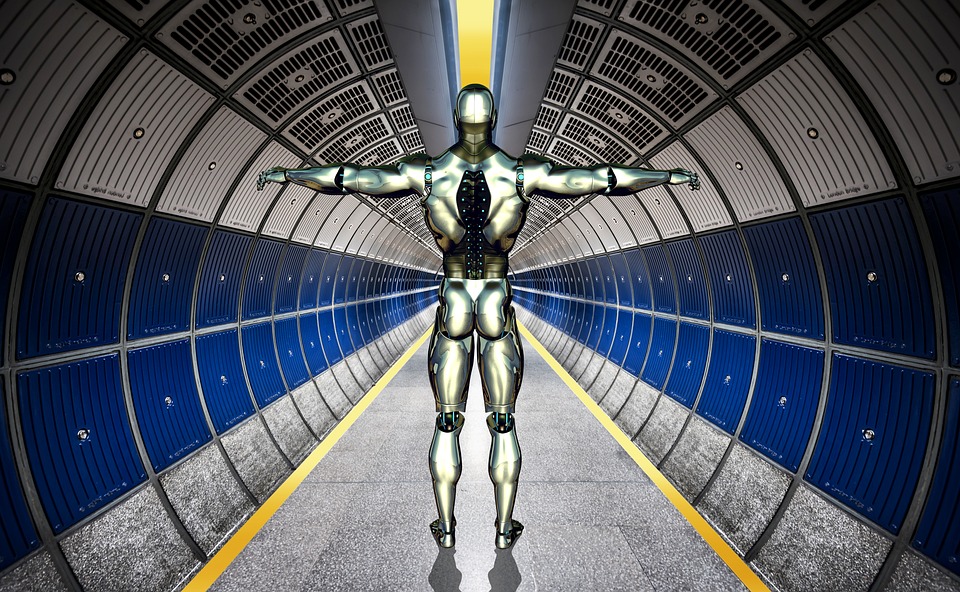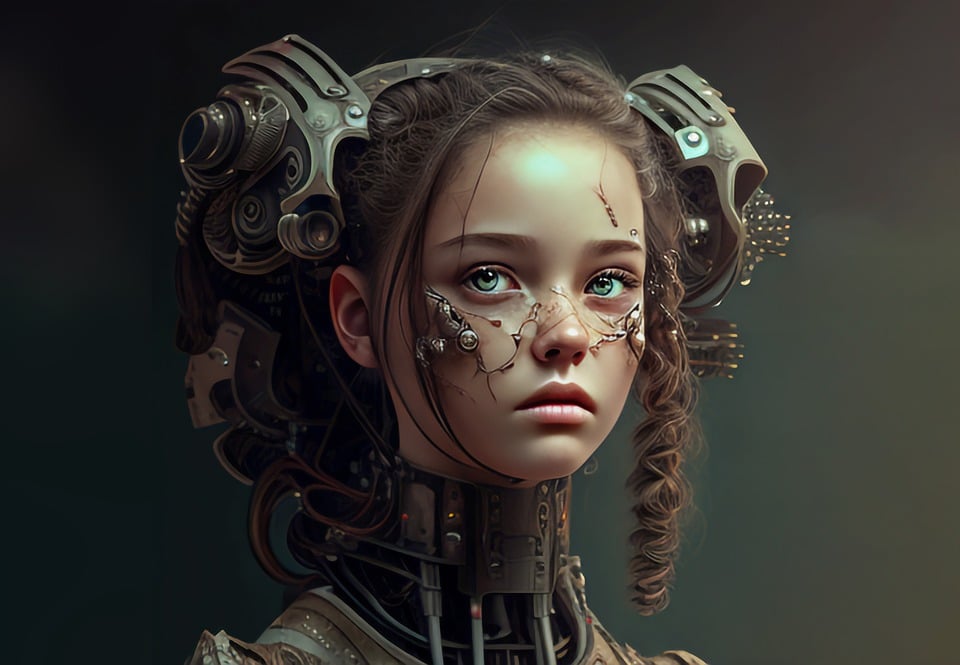Can Machines be Artists? Decoding the Growing Field of AI Art
Art has always been a form of expression, creativity, and imagination, often associated with human emotion and intellect. However, with the advent of artificial intelligence (AI), the boundaries of creativity are being pushed, challenging the notion of machines as mere tools. This emerging field of AI art is blurring the lines between human and machine, raising questions about the nature of creativity and the role machines can play in the world of art. In this article, we will delve into the world of AI art, exploring its history, its current state, the controversies surrounding it, and the future it holds.
The History of AI Art:
The roots of AI art can be traced back to the 1960s, when computer programmers and artists began experimenting with the possibility of using machines to generate art. The early years saw the creation of basic geometric patterns and algorithmic artworks, but as technology advanced, so did the complexity of AI-generated art. The breakthrough came in the 1990s when a computer program named AARON was developed by Harold Cohen, which was capable of autonomously creating original paintings.
The Current State of AI Art:
Today, AI art has evolved into a sophisticated field with a diverse range of applications. Generative adversarial networks (GANs) are particularly notable in this regard. GANs consist of two neural networks, a generator, and a discriminator, which work in tandem to create and evaluate art. The generator creates artworks, while the discriminator acts as a critic, providing feedback for iterative improvement. This iterative process allows machines to learn and evolve their artistic capabilities.
AI art techniques are not limited to visual arts alone. AI is being used to create music, poetry, and even dance performances. Musicians are collaborating with AI systems to compose original melodies, while poets are experimenting with AI-generated verses. Similarly, choreographers are exploring AI’s potential to inform and assist in creating new dance moves and performances. The possibilities are seemingly endless.
Controversies in AI Art:
The rise of AI art has sparked numerous controversies and debates. One of the main concerns is the question of authorship. Can a machine truly be considered an artist? While machines can generate art, the argument is often made that creativity is inherently human, linked to emotions, experiences, and consciousness. Nonetheless, proponents of AI art argue that the creative process of machines can be considered a collaboration between human programmers and the algorithms they develop.
Another point of contention is the originality of AI-generated art. Critics argue that machines are limited to remixing existing art, lacking the ability to create something truly novel. However, proponents counter this argument by highlighting the uniqueness and diversity of AI-generated artworks. AI systems are capable of analyzing vast amounts of data and creating combinations that are far beyond human imagination.
The Future of AI Art:
Looking ahead, the field of AI art is poised for further growth and development. As technology advances, we can expect AI-generated art to become more sophisticated and diverse. Artists are likely to continue exploring the possibilities of collaborating with machines, pushing the boundaries of creativity and expanding our artistic horizons.
FAQs:
Q: Can a machine experience art in the same way humans do?
A: Machines lack emotions, consciousness, and subjective experiences. While they can analyze and create art, they cannot have the same emotional or aesthetic responses as humans.
Q: Will AI art replace human artists?
A: AI art is not intended to replace human artists but to complement and enhance their creative processes. Machines can offer novel insights and perspectives, but human creativity remains invaluable.
Q: Are AI-generated artworks valuable?
A: The value of AI-generated art is subjective and dependent on individual perspectives. Some argue that the novelty and uniqueness of AI art make it valuable, while others may value traditional forms of art created by humans.
Q: Can copyright exist for AI-generated artworks?
A: The question of copyright for AI-generated artworks is a complex one. Currently, the legal framework surrounding ownership and copyright is still being debated and developed. It is an area that requires further exploration and clarification.
In conclusion, the field of AI art is an exciting exploration of the boundaries of creativity and the role of machines in artistic expression. While questions around authorship, originality, and human vs. machine creativity exist, AI art has already made significant strides. As technology continues to advance, AI-generated art promises to push artistic boundaries, expand our understanding of creativity, and challenge our preconceived notions about art and artists.









